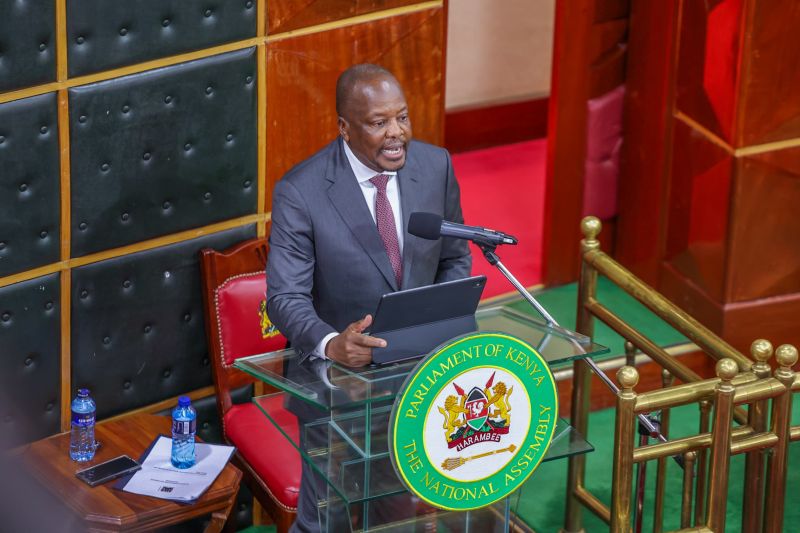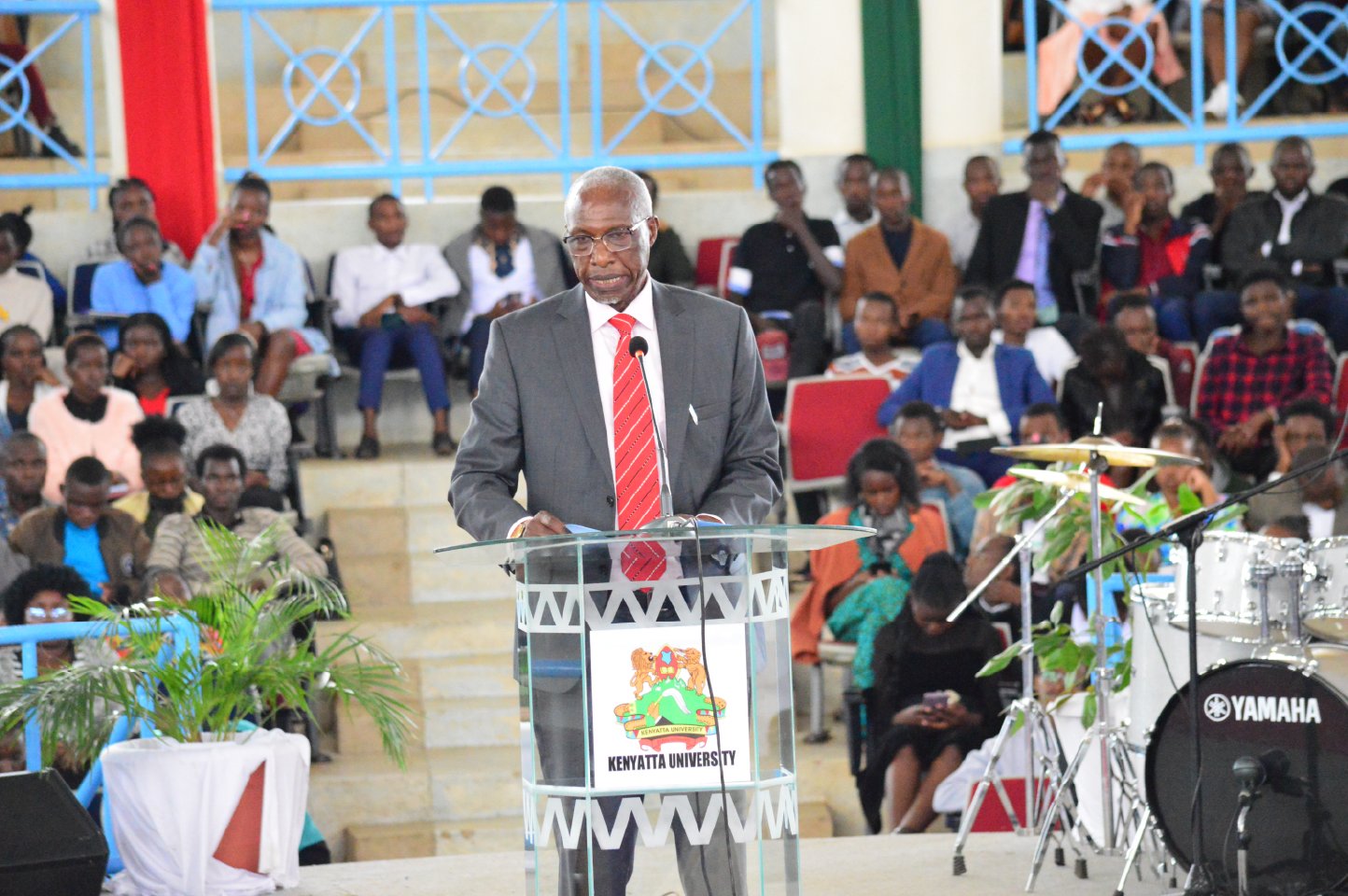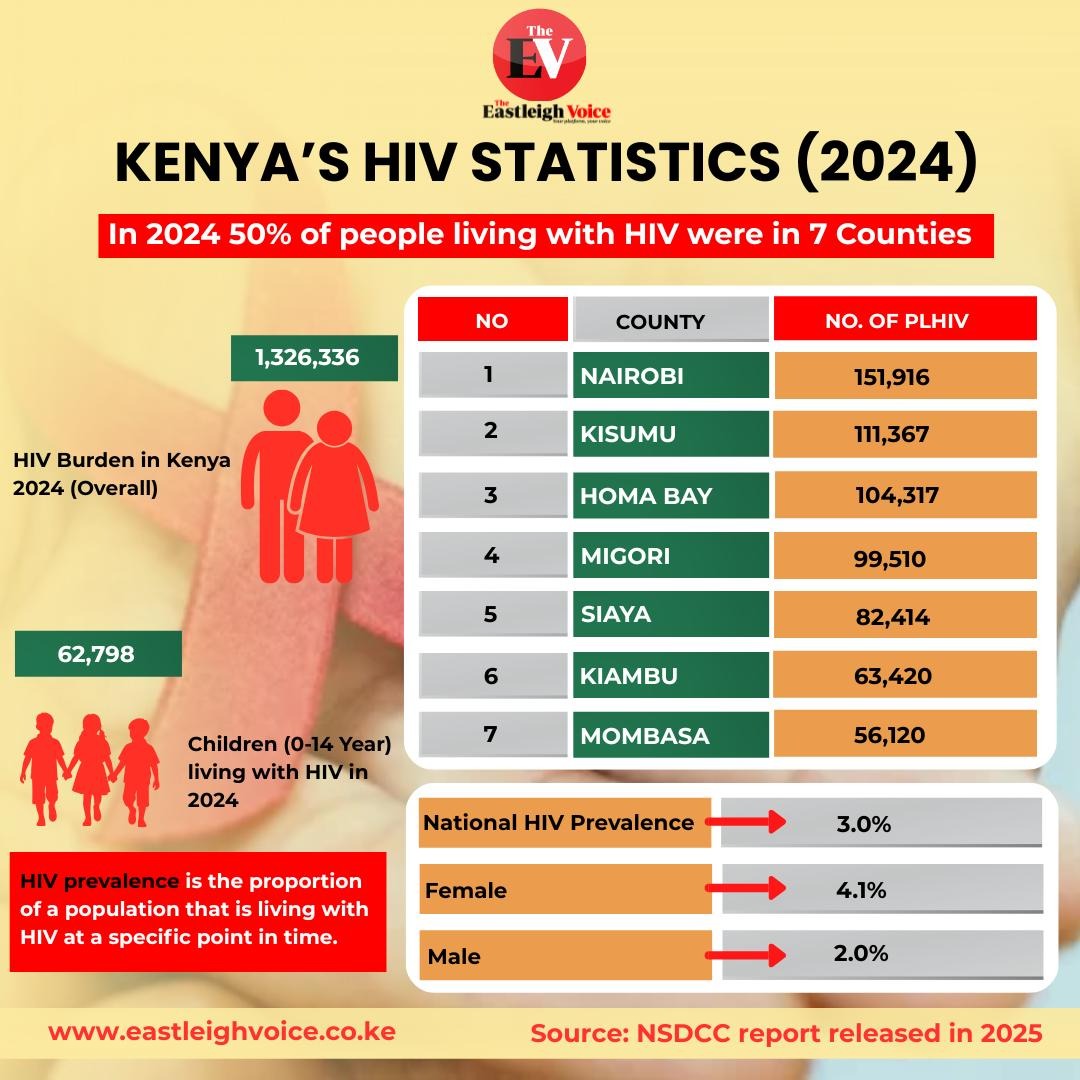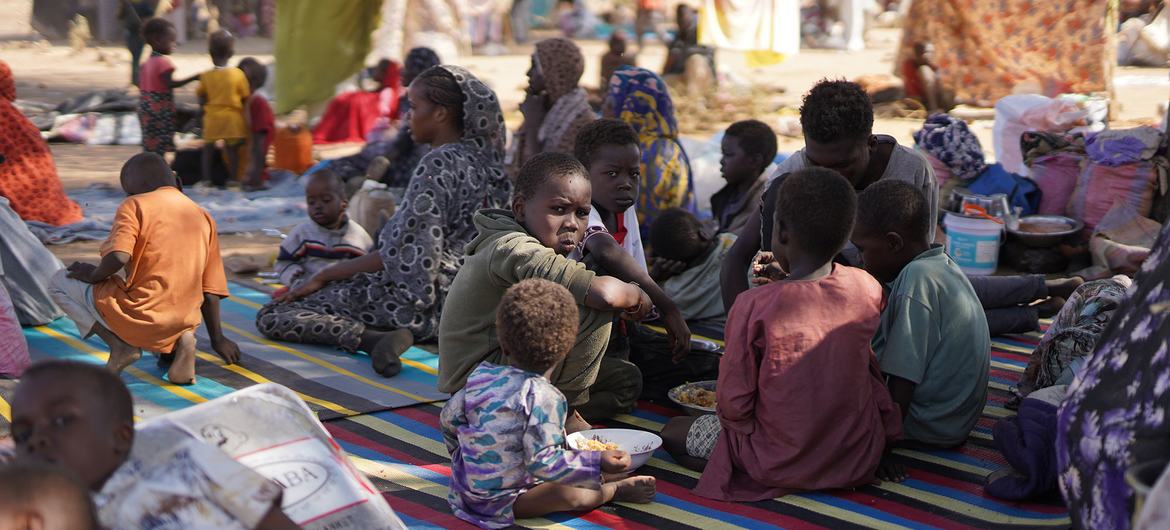Kenya beats Tanzania and Uganda in electricity and renewable energy growth
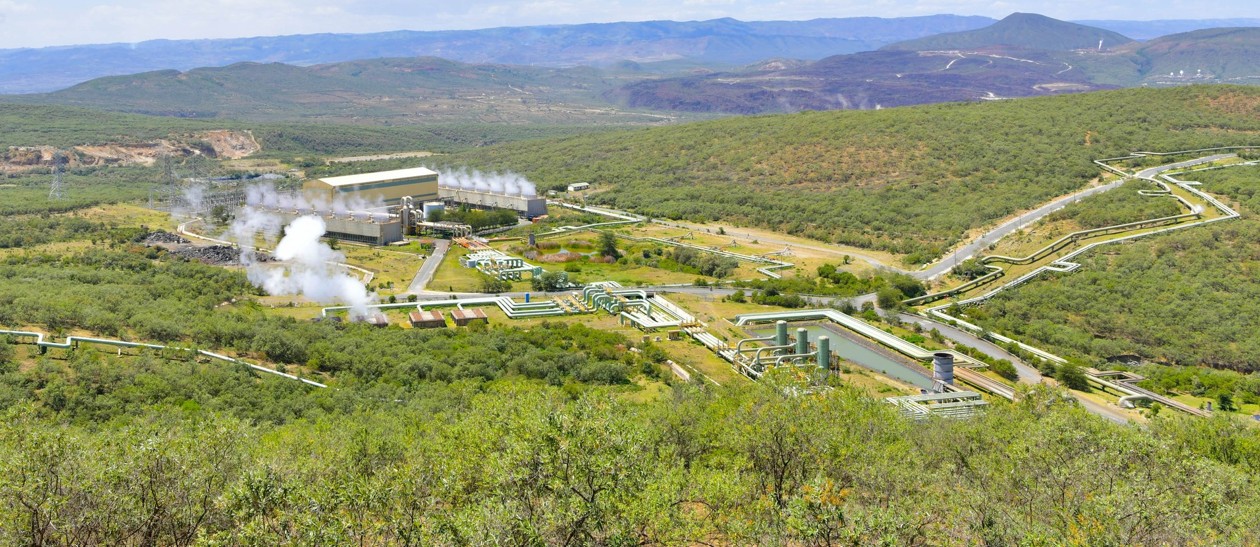
Kenya maintained the most diversified renewable energy portfolio, successfully integrating geothermal, wind, solar, and hydro resources more effectively than its peers.
A new report has ranked Kenya ahead of Tanzania, Uganda, Rwanda, Zanzibar, and the Democratic Republic of Congo (DRC) in electricity consumption and renewable energy generation, reaffirming its position as the East African Community’s (EAC) energy leader.
According to the latest Energy and Petroleum Statistics Report by the Energy and Petroleum Regulatory Authority (EPRA), Kenya recorded the region’s highest electricity peak demand in 2025 at 2,316 megawatts (MW), up from 2,177 MW in 2024.
More To Read
- Domestic capital gains momentum as sub-Saharan Africa accelerates energy transition financing
- Matatus take EPRA and City Hall to court over ban on passenger pickups at fuel stations
- Fuel prices remain unchanged in November EPRA review
- Senators grill EPRA over LPG safety, illegal refilling plants
- MPs reject plan to regulate cooking gas imports via open tender system
- Turning food waste into energy key to climate goals, says UN report
This surpassed Tanzania’s 1,944 MW, Uganda’s 1,176 MW, Rwanda’s 262 MW, Zanzibar’s 131 MW, and the DRC’s 2,174 MW.
The report also showed that Kenya’s installed capacity stood at 3,192 MW, placing it third in the region after the DRC (3,238.9 MW) and Tanzania (3,091.7 MW). Despite ranking third in capacity, Kenya led in renewable energy generation, with geothermal power contributing 940 MW — representing the entire geothermal capacity within the region.
“Kenya has continued to strengthen its position as a continental leader in green energy, with renewable sources accounting for 80.17 per cent of the electricity mix in the year under review. This remarkable energy mix underscores our commitment to sustainability and resilience in the sector,” reads the report.
Across the EAC, renewable energy made up 81 per cent of total installed capacity, with hydropower dominating at 65.15 per cent. However, Kenya maintained the most diversified renewable energy portfolio, successfully integrating geothermal, wind, solar, and hydro resources more effectively than its peers.
Third in Africa
EPRA further noted that Kenya ranked third in Africa and first in East Africa in the Electricity Regulatory Index (ERI), crediting the performance to strong regulatory governance, active stakeholder engagement, and effective oversight of electricity market reforms.
Complementary data from the Kenya National Bureau of Statistics (KNBS) and the World Bank reinforced Kenya’s leadership in both energy and economic growth. The reports show that Kenya’s gross domestic product (GDP) is projected to reach $124.5 billion in 2024, up from $108.4 billion in 2023, making it the largest economy in the EAC.
“All countries in the EAC region registered growth in peak demand except DRC and Burundi,” the report states, underscoring the link between energy consumption and economic expansion.
Tanzania followed with a GDP of $79.06 billion, Uganda $67.01 billion, Rwanda $14.33 billion, and Burundi $2.63 billion. Despite its vast natural resources and large population, the DRC recorded a slight decline in power demand at 2,174 MW, alongside a slowdown in real GDP growth to 4.7 per cent — reflecting persistent structural challenges in its energy and industrial sectors.
Kenya’s strong performance in both energy demand and economic output highlights the close relationship between electricity access and productivity. The report links the increase in power consumption to the country’s industrialisation drive, infrastructure expansion, and improved household access to electricity — all supported by sustained investments in renewable energy such as geothermal, wind, and solar.
The government’s continued efforts to expand access to clean, reliable power have been instrumental in stimulating economic activity in both urban and rural areas.
EPRA added that Kenya’s growing energy appetite is expected to drive further investment in generation, transmission, and distribution infrastructure to meet rising demand.
Kenya’s diversified energy mix, policy consistency, and innovation in renewables have cemented its position as a regional model for sustainable energy development.
“Kenya’s energy and economic trajectory reflects the growing interdependence between power consumption and GDP growth in East Africa,” the report concludes.
Top Stories Today
